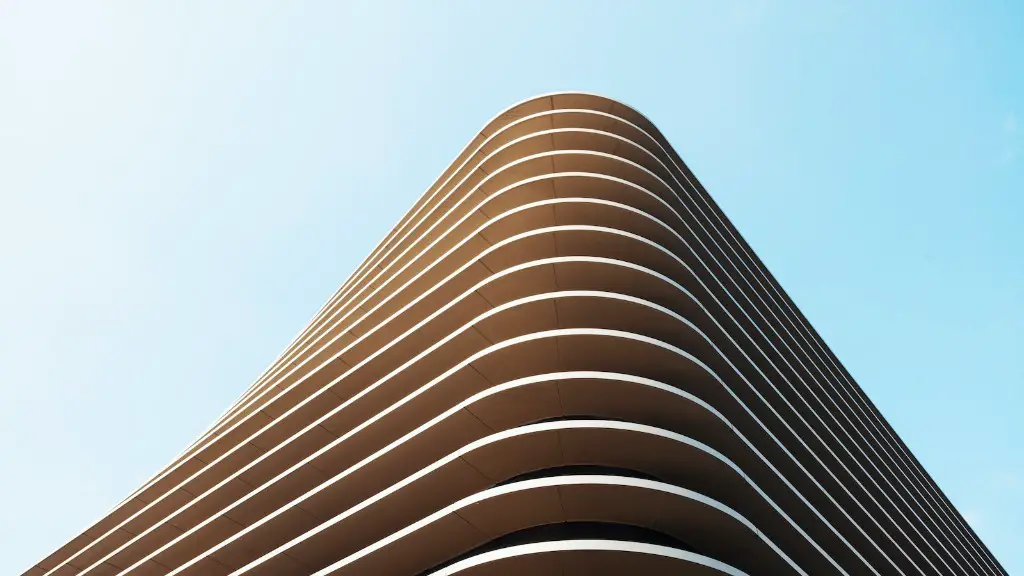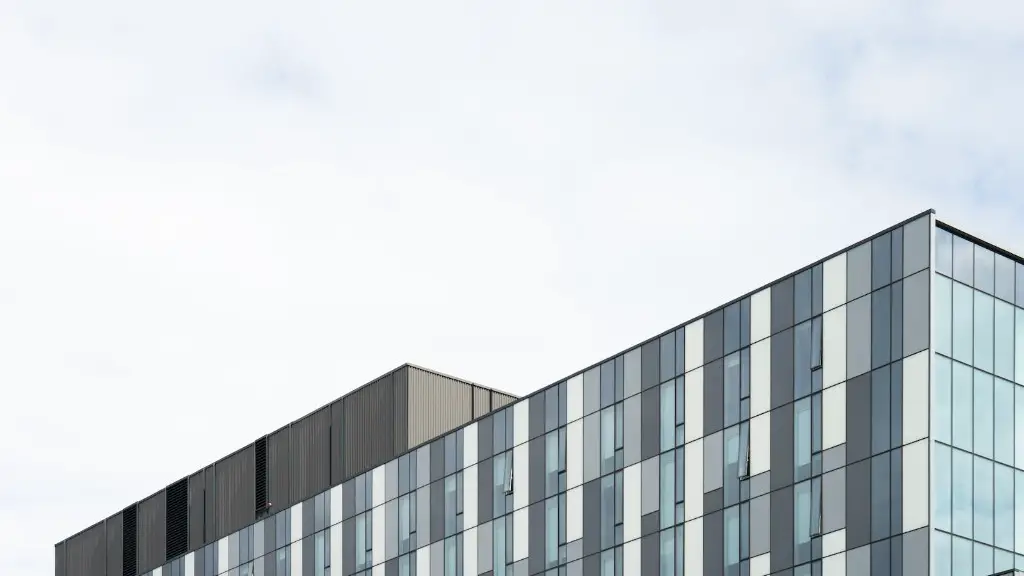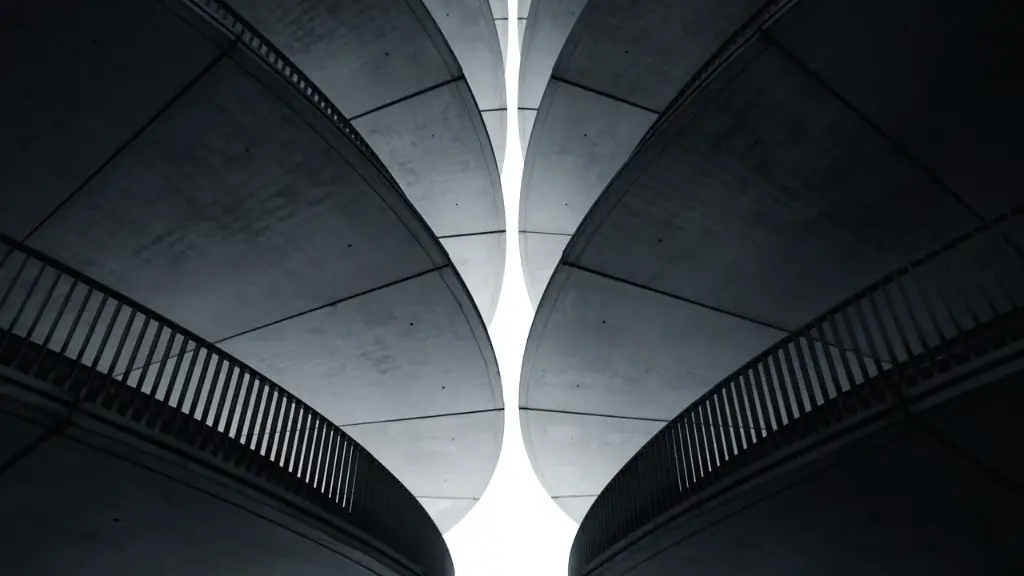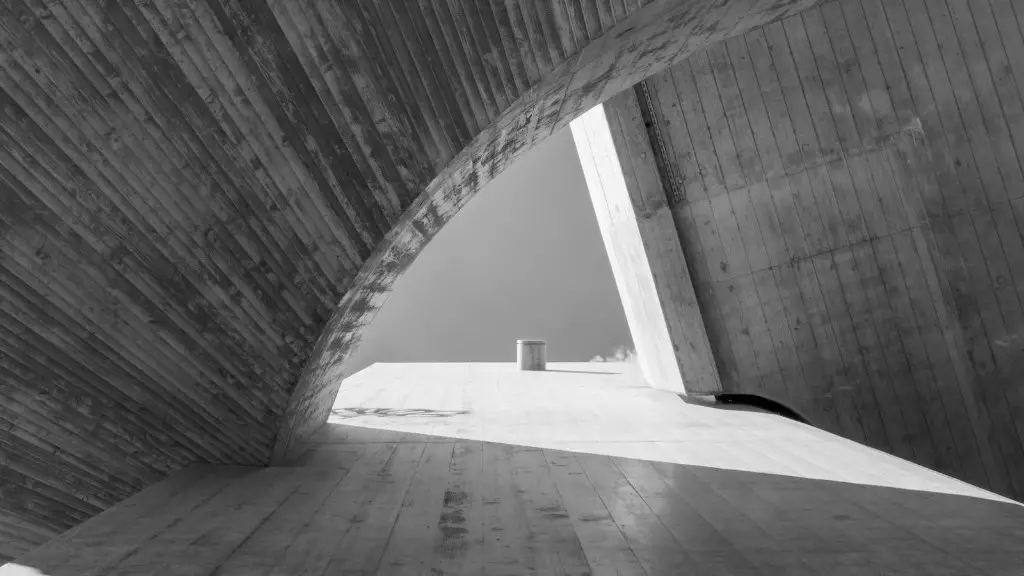Architecture is a multidisciplinary art that combines the knowledge of engineering and beauty of the world. Scheme design is a vital part of the architecture process and is often the first step in any design project. It involves creating a preliminary plan to determine the feasibility of a project, as well as to evaluate the environmental and legal impacts.
Scheme design also allows a chance to explore the range of design options available to a project. This process helps architects to identify constraints, such as the environment, local regulations and budget, and to draw up a brief that captures their client’s needs. Scheme design can be undertaken through both traditional sketching and modern computer-aided design (CAD) software.
Once an outline plan has been drawn up, architects work with the client to consider how the project can be implemented and to create detailed designs. This process takes into account the technical and aesthetic aspects of the design, such as the structure and materials, energy efficiency, as well as the feasibility of construction. The end result should ideally provide a proposal that fulfils all the functions required by the client, while also being within budget, and meeting social and environmental requirements.
The study of architecture has seen huge advancements in recent decades, with the development of new materials, more efficient building models and technologies, and sustainable architecture. All of these advancements have had a big impact on the way architects approach scheme design, as they now have more complex, adaptable, and efficient tools to work with.
Although there is no one-size-fits-all approach to scheme design, there are some basic principles and techniques that all architects should consider when starting out. Interdisciplinary collaboration is one of the keys to success, as it ensures the best outcomes are achieved by bringing together the right mix of specialized skills and perspectives.
Good communication between all stakeholders is also essential, as it allows for a smooth design process, as well as ensuring that everyone’s ideas and objectives are taken into account. Any good scheme design should also include sufficient time for research and data collection, allowing for a more informed design decision.
Environmental Impacts
Architects need to be aware of the potential environmental impacts of their projects. This includes considering the impact on the surrounding ecosystems and how the changes can be managed in a sustainable, conscious way. In addition, architects should also pay close attention to the materials and technologies used in construction and refurbishment, as their choices can have a big impact on the environmental footprint of the project.
Using green building materials, such as eco-friendly bricks, or installing renewable energy sources, such as solar panels, can help to minimize the environmental cost of the project. Architects should also consider the potential long-term effects of their scheme design, such as how the building will be used, and how it can be adapted in the future to reduce its environmental impact.
Using energy efficient strategies and materials is another way to ensure that the building is sustainable in the long-term. This can include using low energy lighting, installing low-flow toilets, or employing green insulation and paint.
Function and Aesthetics
The primary purpose of any scheme design is to ensure that the building meets the functional needs of its occupants. However, the design should also take into account the aesthetic aspects of the project. This could include selecting building materials that complement the surrounding environment, or selecting decorative features that bring the design to life.
The use of color in a scheme design can also play an important role in how the building is perceived. For example, architects can use bold colors to create an eye-catching design, or muted tones to create a more subtle, calming atmosphere.
In addition to the aesthetics of a scheme design, an architect should also consider the practicalities of a project. This can include factoring in enough space for occupants, as well as considering the practical uses of the building’s space.
Innovative Solutions
Innovative solutions can help to make a project stand out from the crowd. Architects should strive to find new, creative ways to make a design stand out. This could include using unconventional materials, or designing around a theme. The use of technology can also provide a unique touch to a project, for example, by embracing the Internet of Things (IOT) to support energy efficiency and remote control capabilities.
Innovative solutions should also be integrated with an awareness of local and global trends. Architects need to ensure that their projects remain relevant. For example, an office design should reflect the current trends in tech and innovation, while a home should be tailored to the needs of the occupant.
Management and Resources
Architects must also consider how a project can be managed throughout the design process. This includes assigning duties to relevant stakeholders and setting out the responsibilities of each party, as well as managing project budgets, timelines, and resources. The use of project management software can help to streamline this process, as it allows all stakeholders to keep track of progress and communicate more effectively.
When it comes to resources, architects must be aware of the available materials, technologies, and trends. Having access to a range of materials and technologies is essential, as they allow the scheme design to be tailored to the specific needs of the project. Seeking advice from experts in the field, such as materials engineers and environmental scientists, can be extremely helpful in order to ensure that the project is successful and sustainable.
Adaptability and Maintenance
Another important factor to consider when scheme designing is the need for adaptability and maintenance. Buildings are often subject to changes in their usage, such as office buildings becoming residential, or shops becoming restaurants. Architects should take this into consideration when designing a building, and ensure that the scheme design is flexible enough to accommodate such changes.
Maintenance is also an important consideration for architects. Any good scheme design should include provisions for the building’s upkeep, such as allowing for easy access to the building’s key elements, and using materials that require little in terms of repair and maintenance.
Evaluation and Conclusion
When the project reaches completion, it is often essential to evaluate the success of the scheme design. This can be done by analyzing how well the project met the client’s requirements, as well as considering any environmental and legal impacts. The evaluation process often involves feedback from all stakeholders, as well as any outside evaluators who have been involved in the project.
Scheme design is an integral part of the architecture process, and it is important for architects to ensure that they approach it with an informed, thorough understanding of the process. Building up environmental, functional, and aesthetic aspects of the project, along with considering resource management, maintenance, and evaluation will help to ensure that the project is successful and sustainable.





